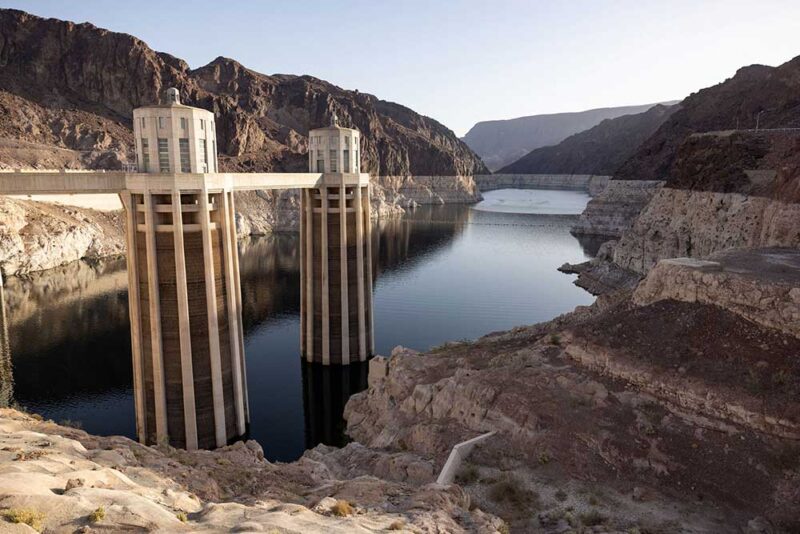
Water: The Lifeblood of the Desert Southwest
While the water shortage in Valley cities is not yet critical, it is certainly in serious condition. The Colorado River, which supplies water to over 50% of Arizona’s population and about 65% of Scottsdale’s water, is running low. The 20 year+ drought has reduced water in Lake Powell to levels that endanger the ability of Glen Canyon Dam to provide electricity and water to Page and the nearby Navajo Nation community. To beef up the water level in Powell, as directed by US Department of the Interior, the upper basin states will provide 500,000 acre-feet of water from the Flaming Gorge Reservoir in Wyoming. It is not enough to add more water to Powell by borrowing from Peter to pay Paul; we also need to reduce the amount of water released from Lake Powell to Lake Mead. The lower basin states agreed to leave their water allotment in Powell for the current year. This is only a temporary solution. Of note is that we will be getting “rent” for the water we are leaving behind. However, experts believe the extreme drought will persist due to warmer and dryer weather. They are working on longer term, permanent solutions.
Scottsdale Water has been preparing for this shortage for over 20 years. We have a diverse water portfolio that includes Verde and Salt River water, groundwater, and reclaimed water. We have invested in wastewater lift stations, advanced technology for wastewater treatment and reuse, and water storage. Our drinking water is not in danger. However, with the declaration of a Tier 1 shortage on Jan 1, 2022, the Arizona supply of water was cut by about 18% which primarily affected agriculture. Based on current projections, the outlook is that Arizona will advance to Tier 2a or 2b and possibly Tier 3 in the not too distant future. Tier 3 would have a significant effect on our Scottsdale water with surcharges and restrictions likely.
The time to act is now. Let’s be proactive, not retroactive. The City has asked us to reduce water use by 5%. With about 70% of residential water use for irrigation, this is the easiest way to reduce consumption. Make sure you are not watering the street and/or sidewalk. Adjust sprinklers as necessary. Consider removing turf and replacing it with drought tolerant landscaping in the small patches that have over spray. Use the WaterSmart technology –https://www.scottsdaleaz.gov/water/watersmart – provided by the city to manage your water use.
Looking forward, we need to insure that residents have sufficient water now and into the future. Developments approved, but not yet built, should be encouraged to use all water saving technology currently available. Link new growth to the availability of water. Long term solutions such as desalination plants and water pipelines from water rich states are expensive and take years to accomplish. The water supply of the desert southwest can sustain only a limited population and that supply is dwindling rapidly before our eyes. I want Scottsdale to thrive now and decades into the future. The availability of water is essential in achieving this goal.
Councilwoman Janik
